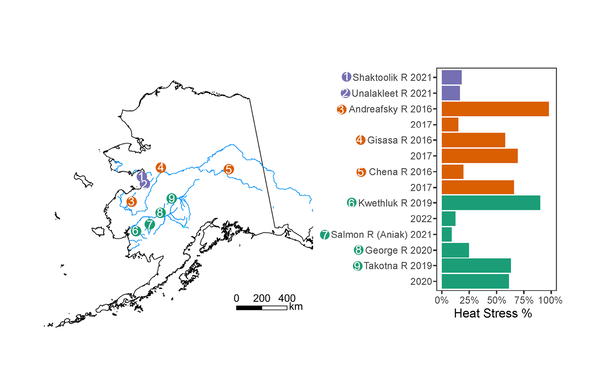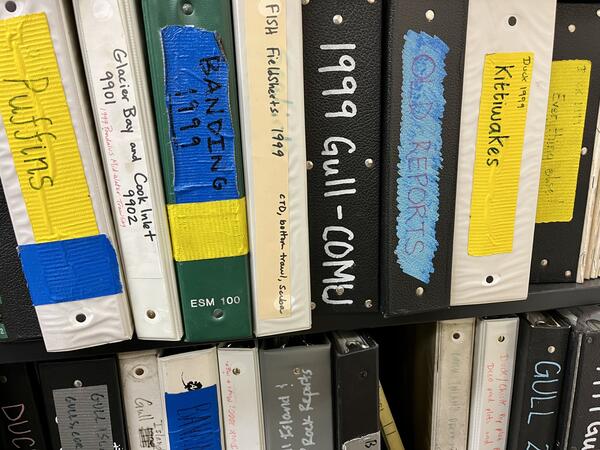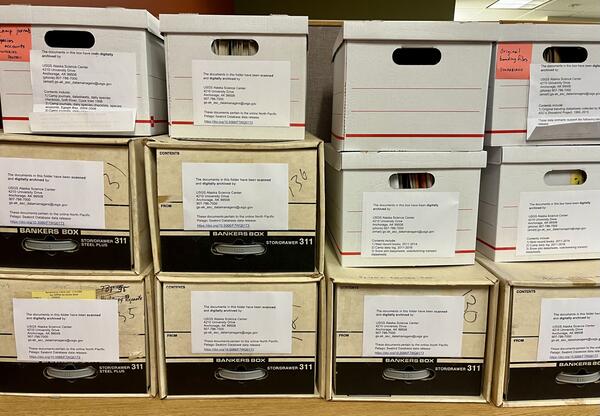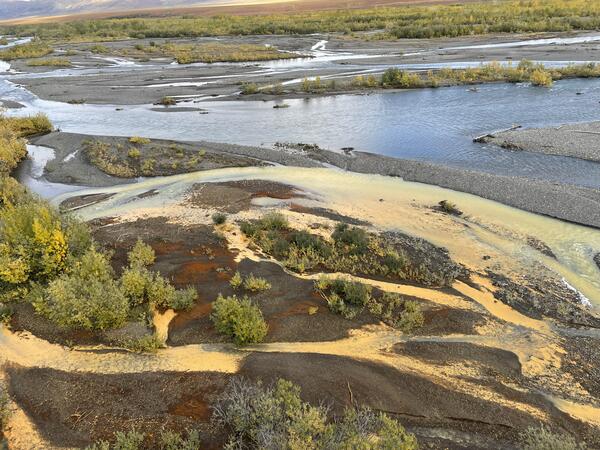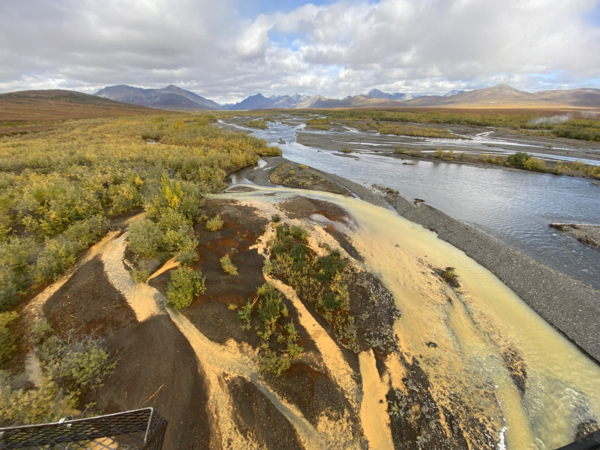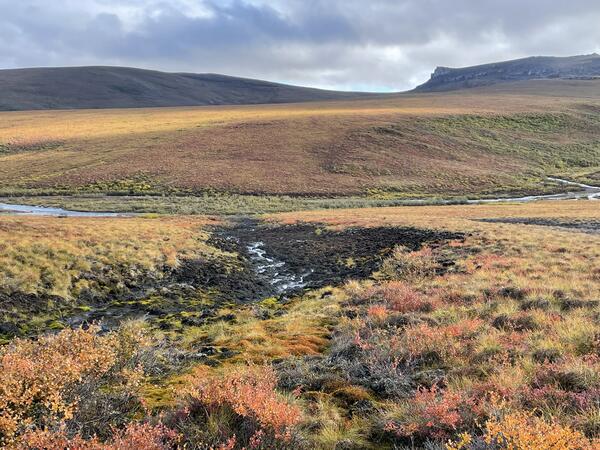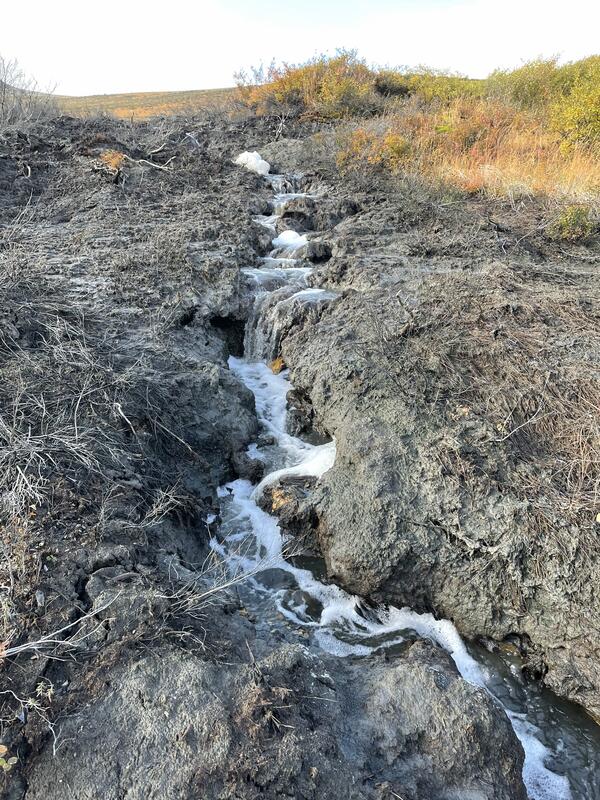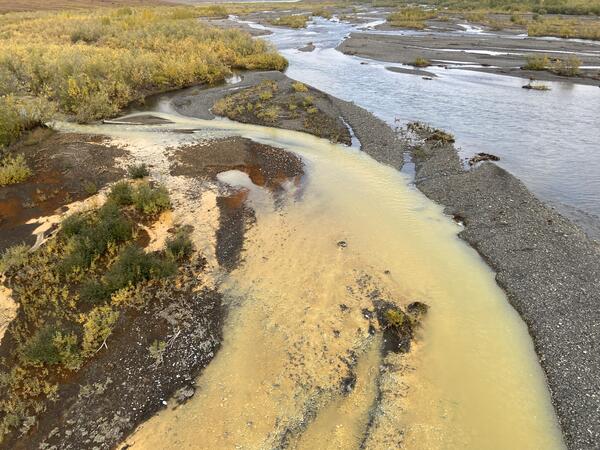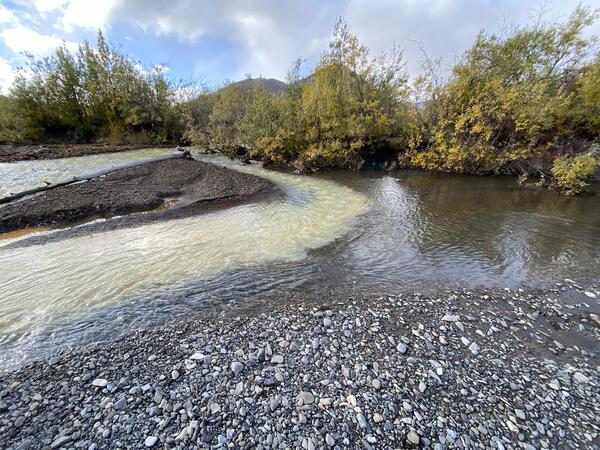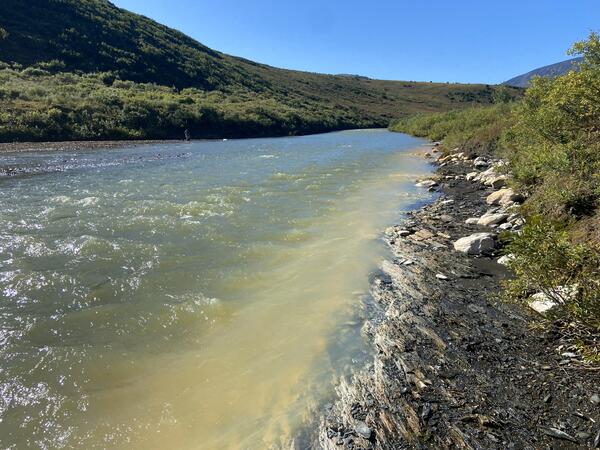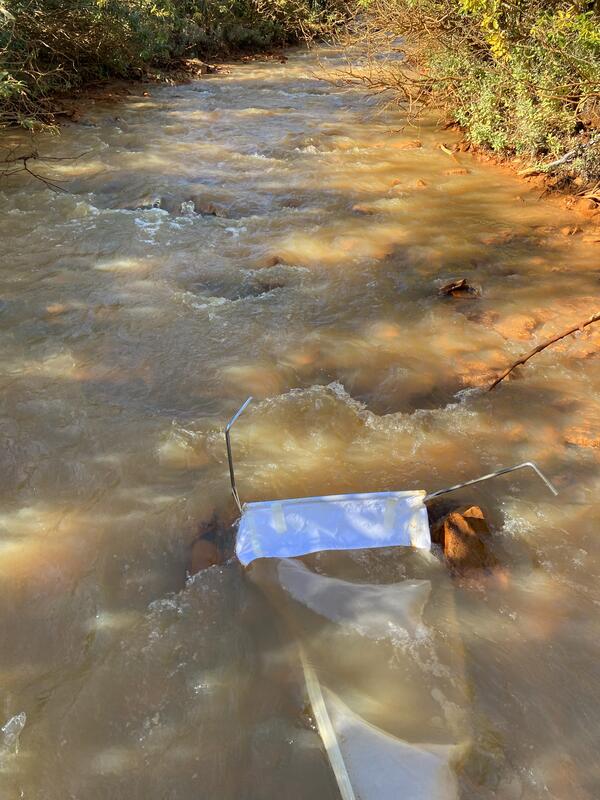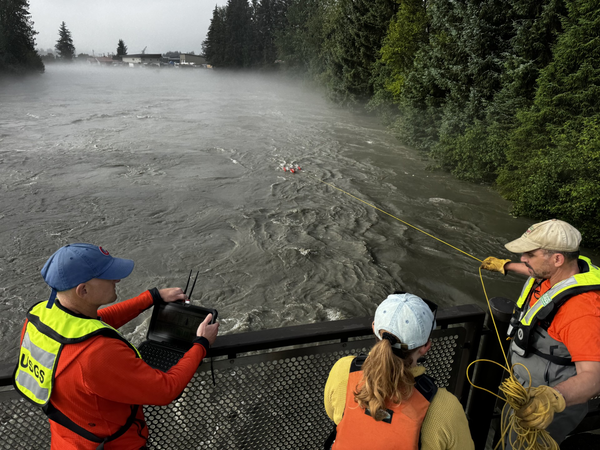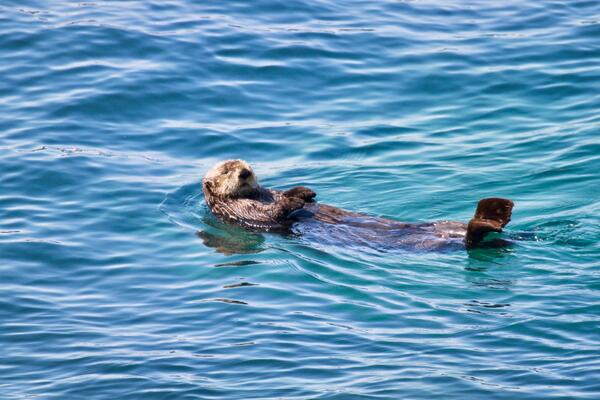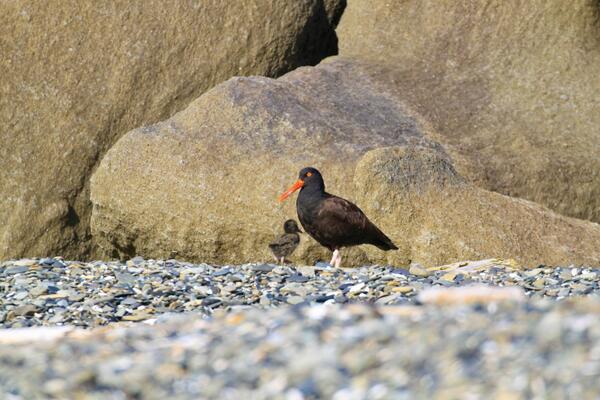Bar plot showing the percentage of Chinook salmon with evidence of heat stress across Alaska
Bar plot showing the percentage of Chinook salmon with evidence of heat stress across AlaskaBar plot showing the percentage of Chinook salmon with evidence of heat stress in each group based on the heat shock protein 70 (HSP70) protein concentration data. Map indicates sample collection locations. Sample groups are arranged by region from north to south: Norton Sound (purple), Yukon (orange), and Kuskokwim (green).


